Almost 1000 Previously Undiscovered Prehistoric Barrows Identified In The Netherlands
Conny Waters - AncientPages.com - Over 6,500 volunteers have supported accurately identifying approximately 1000 prehistoric burial mounds in the Netherlands in just four months, proving the value of involving volunteers in archaeology.
Volunteers and professional archaeologists taking core samples at a burial mound. Image credit: Quentin Bourgeois
In 2018, the Heritage Quest project was launched to harness the power of citizen scientists, utilising crowd-sourcing to identify archaeological features on lidar imagery of the central Netherlands.
Through the involvement of thousands of people online, prehistoric burial mounds were identified across the region in a short amount of time. However, the accuracy of crowd-sourced data has been questioned in the past, as the majority of volunteers are not professional archaeologists.
“While the volume of data exceeded our expectations, we faced a key challenge common to large citizen science projects: how reliable are the detections made by volunteers?” states lead author of the research, Dr Quentin Bourgeois from Leiden University.
To assess the accuracy of the data, the authors performed a ground-based survey of 380 sites identified during the study, examining them in person to determine whether they were in fact prehistoric barrows.
Four examples of lidar maps, highlighting locations volunteers identified as burial mounds and the number of times they were independently selected. Credit: Antiquity (2024). https://doi.org/10.15184/aqy.2024.127
According to Dr Bourgeois, the results are clear: “Citizen science works! We found a direct correlation between the number of volunteers identifying a potential archaeological object and its likelihood of being a prehistoric burial mound.”
This means that the Heritage Quest project has discovered 1,000 previously-unknown burial mounds, doubling the number of known mounds from the region in just four months.
Importantly, this shows the value of involving volunteers in archaeological projects, allowing for the identification of archaeological features much more quickly than could be achieved by professionals alone.
“What would have taken professional archaeologists years to accomplish was achieved in a matter of months thanks to the combination of lidar technology and citizen participation”, adds Dr Bourgeois.
It also has implications for heritage policy-making, as local governments can apply citizen science to quickly and cost-effectively identify heritage sites for protection. In the future, the authors plan to combine volunteer participation with machine learning, identifying archaeological sites on an even greater scale.
However, according to Dr Bourgeois, the most exciting part of the research was seeing how the involvement of the volunteers led to greater community engagement with archaeology, producing outspoken supporters for the region’s heritage.
"I’m blown away by how many previously unknown burial mounds the volunteers helped uncover”, concludes Dr Bourgeois. “I knew we were working in an important area with many traces of a prehistoric landscape still preserved, but I never expected to find so much so quickly! But for me the most amazing outcome is seeing the passion the volunteers had for our research! They have now become vocal advocates for the preserved traces of prehistoric landscapes in their region.”
Their results are published in the journal Antiquity.
Written by Conny Waters - AncientPages.com Staff Writer
More From Ancient Pages
-
 Paranthropus Robustus Who Lived 2 Million Years Ago Walked Upright Like Modern Humans
Human Beginnings | Mar 7, 2025
Paranthropus Robustus Who Lived 2 Million Years Ago Walked Upright Like Modern Humans
Human Beginnings | Mar 7, 2025 -
 Was The Discovery Of Biblical Abel’s Giant Grave In Syria Covered-Up?
Ancient Mysteries | Oct 28, 2014
Was The Discovery Of Biblical Abel’s Giant Grave In Syria Covered-Up?
Ancient Mysteries | Oct 28, 2014 -
 Extraordinary Discovery Of First Viking Tower In Viborg, Denmark Re-Writes Viking History
Archaeology | Jan 30, 2017
Extraordinary Discovery Of First Viking Tower In Viborg, Denmark Re-Writes Viking History
Archaeology | Jan 30, 2017 -
 Legendary Basilisk With Deadly Petrifying Stare – King Of The Serpents
Featured Stories | Dec 27, 2021
Legendary Basilisk With Deadly Petrifying Stare – King Of The Serpents
Featured Stories | Dec 27, 2021 -
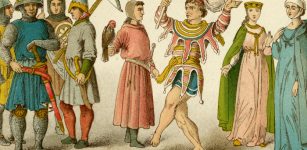 DNA Research Shows Ancient Britain Was More Diverse Than We Imagined
Featured Stories | Nov 4, 2022
DNA Research Shows Ancient Britain Was More Diverse Than We Imagined
Featured Stories | Nov 4, 2022 -
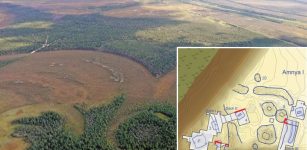 Discovery Of World’s Oldest Fortresses Reshapes Our Understanding Of Hunter–Gatherers
Archaeology | Dec 7, 2023
Discovery Of World’s Oldest Fortresses Reshapes Our Understanding Of Hunter–Gatherers
Archaeology | Dec 7, 2023 -
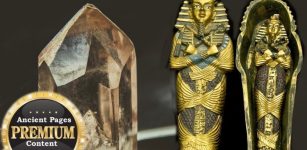 Lost Knowledge Of Energy And Crystal Technology In Ancient Egypt
Ancient Mysteries | May 17, 2019
Lost Knowledge Of Energy And Crystal Technology In Ancient Egypt
Ancient Mysteries | May 17, 2019 -
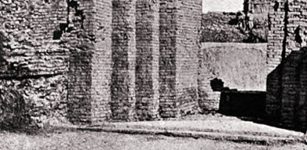 Sumerian City Of Girsu: Political, Religious Center With Large Archive Of Thousands Of Cuneiform Tablets
Civilizations | Jul 21, 2023
Sumerian City Of Girsu: Political, Religious Center With Large Archive Of Thousands Of Cuneiform Tablets
Civilizations | Jul 21, 2023 -
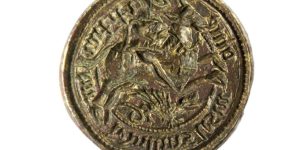 Rare Bronze Seal Matrix Of St. George Slaying The Dragon Discovered In French Castle
Archaeology | Mar 22, 2022
Rare Bronze Seal Matrix Of St. George Slaying The Dragon Discovered In French Castle
Archaeology | Mar 22, 2022 -
 Underground Hellenistic Necropolis With Tombs With Frescoes, Reliefs Unearthed In Naples, Italy
Archaeology | May 13, 2023
Underground Hellenistic Necropolis With Tombs With Frescoes, Reliefs Unearthed In Naples, Italy
Archaeology | May 13, 2023 -
 On This Day In History: Twelfth Council Of Toledo Initiated By King Erwig – On Jan 9, 681
News | Jan 9, 2017
On This Day In History: Twelfth Council Of Toledo Initiated By King Erwig – On Jan 9, 681
News | Jan 9, 2017 -
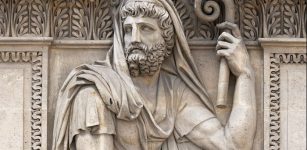 Numa Pompilius – Remarkable Legendary Second King Of Ancient Rome Who Succeeded Romulus – Did He Ever Exist?
Featured Stories | Mar 2, 2018
Numa Pompilius – Remarkable Legendary Second King Of Ancient Rome Who Succeeded Romulus – Did He Ever Exist?
Featured Stories | Mar 2, 2018 -
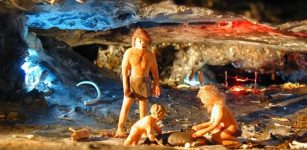 Declining Fertility Rates May Explain Neanderthal Extinction
Archaeology | Jun 3, 2019
Declining Fertility Rates May Explain Neanderthal Extinction
Archaeology | Jun 3, 2019 -
 8th Century Sculpture Of Lord Vishnu Belonging To Pandya Dynasty – Unearthed
Archaeology | Sep 16, 2020
8th Century Sculpture Of Lord Vishnu Belonging To Pandya Dynasty – Unearthed
Archaeology | Sep 16, 2020 -
 Perperikon – Ancient Secrets Of Bulgaria’s ‘Machu Picchu’ And Europe’s Largest Megalithic Sanctuary
Featured Stories | May 3, 2017
Perperikon – Ancient Secrets Of Bulgaria’s ‘Machu Picchu’ And Europe’s Largest Megalithic Sanctuary
Featured Stories | May 3, 2017 -
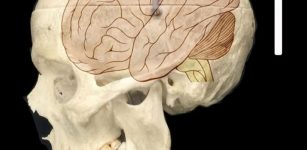 New Genes May Explain Why Humans Got Such Big Brains
Archaeology | Jun 2, 2018
New Genes May Explain Why Humans Got Such Big Brains
Archaeology | Jun 2, 2018 -
 Forbidden Knowledge: Secret Ancient Gates Of The Shining Ones – More Surprising Discoveries – Part 3
Ancient Mysteries | Jul 19, 2019
Forbidden Knowledge: Secret Ancient Gates Of The Shining Ones – More Surprising Discoveries – Part 3
Ancient Mysteries | Jul 19, 2019 -
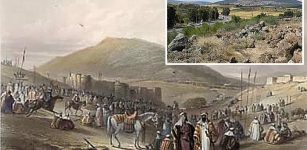 Ancient Thriving Market Of Khan al-Tujjar (The Merchants’ Caravanserai) Discovered In Lower Galilee
Archaeology | Feb 20, 2024
Ancient Thriving Market Of Khan al-Tujjar (The Merchants’ Caravanserai) Discovered In Lower Galilee
Archaeology | Feb 20, 2024 -
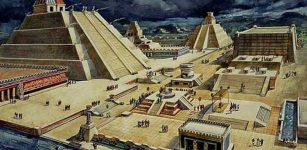 Rise And Fall Of City-States In Ancient Mexico And Peru Influenced By Climate Change
Archaeology | Oct 19, 2015
Rise And Fall Of City-States In Ancient Mexico And Peru Influenced By Climate Change
Archaeology | Oct 19, 2015 -
 Who Was The Sumerian Ensi?
Featured Stories | Jan 24, 2020
Who Was The Sumerian Ensi?
Featured Stories | Jan 24, 2020


